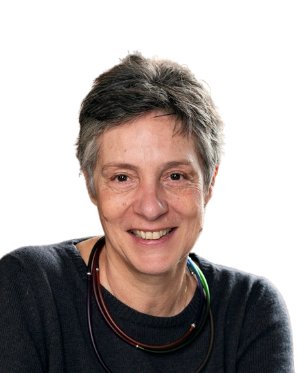IGS-FERROCO TERZAGHI ORATION
5 October 2024
About the IGS-FERROCO Terzaghi Oration
The IGS-Ferroco Terzaghi Oration (IFTO) is a biennial series of orations which is given by a renowned expert from India and abroad alternately. The inaugural IGS-Ferroco Terzaghi Oration (IFTO-2008) was delivered by the renowned Prof. Harry Poulos on “Burj Khalifa” at Indore on 4th October 2008. The Oration was a grand success by all counts. The second of the Oration in this series was delivered by our own Prof. M.R. Madhav on “Geomechanics Revisited – A New Paradigm for Geotechnical Engineering” on 4th October 2010 at Bangalore. The third Oration in this series was delivered by Prof. Kerry Rowe of Queens University, Kingston, Canada, a renowned expert, on “Design and Construction of Barrier Systems to Minimize Environmental Impacts Due to MSW Leachate and Gas” on 5th October 2012 at IIT Delhi. The fourth Oration in this series was delivered by Prof. A. Sridharan on “Soil Clay Mineralogy and Physico-Chemical Mechanisms Governing the Fine-Grained Soil Behaviour” on 11th October 2014 at Ludhiana. The fifth Oration in this series was delivered by Prof. William F. Vam Impe on “Some Fundamental Issues and Examples of Geo-engineering Challenges caused by Crushable Sands” on 8th October 2016 at Kochi. The sixth Oration in this series was delivered by Prof. T. Ramamurthy on “Realistic Parameters Adoption to Solve Rock Engineering Problems” on 13th October 2018 at Indore. The seventh and eighth Orations in this series were delivered by Prof. Jean Louis Briaud on “40 Years of Full-Scale Infrastructure Testing at a National Site”; and Prof. K.S Rao on “The Art of Tunnelling in Challenging Himalayan Ground Conditions” respectively at IIT Bombay on 2nd October, 2022.
Ninth IGS-Ferroco Terzaghi Oration 2024
Giulia Viggiani is Professor of Infrastructure Geotechnics in the Department of Engineering of the University of Cambridge, where she is the Head of Civil Engineering, Academic Lead of the UKCRIC National Research Facility for Infrastructure Sensing, and a Co-Investigator and member of the Executive Committee of the Cambridge Centre for Smart Infrastructure and Construction. Before this, she was Full Professor of Geotechnical Engineering at Università di Roma Tor Vergata, where she was the Head of the Board of Studies in Civil and Environmental Engineering.
She has a Laurea in Civil Engineering from Università di Napoli Federico II and a PhD in Geotechnical Engineering from the City University in London. She has been Scientific Visitor at the Max Planck Institute for Mathematics in the Sciences in Leipzig, MTS Visiting Professor of Geomechanics at the University of Minnesota, Distinguished Visiting Scholar at the University of Macau, and Academic Visitor at Imperial College, working on the JLE-Link Project. Her role as a recognised expert in the field of geotechnical engineering for infrastructures has been acknowledged both at national and international level. She has been invited to deliver General Reports and Keynote Lectures at several international conferences. She is an Italian chartered Civil Engineer and member of the ISSMGE, AGI and BGS. She currently chairs ISSMGE TC204 – Underground Construction in Soft Ground.
She has been involved in many infrastructural projects in Italy and the UK, including, e.g., monitoring building response to construction of the Jubilee Line Extension in London, the design and construction of Lines 1 and 6 of Napoli underground and of Line C of Roma underground, and the design of the foundations, anchor blocks and terminal structures of the Strait of Messina Bridge.
Line 1 of Napoli underground: an exercise in sustainable infrastructure
Underground transport infrastructure plays a vital role in sustainable urban development by facilitating efficient mobility, reducing environmental impact, and enhancing social and economic inclusion. This lecture will describe an extensive and successful application of Artificial Ground Freezing (AGF) during construction of Line 1 of Napoli Underground in Napoli, Italy. Excavation of the stations through loose granular soils and a fractured soft rock was accompanied by an intense programme of monitoring designed to measure and control the effects on adjacent structures, which, for its extension and completeness, represented a unique opportunity to collect field data on the performance of AGF. The lecture describes the main phenomena that were observed during construction, and some of the analyses that were carried out to interpret different aspects of the process, such as de-coupled heat propagation and mechanical analyses of the interaction between the frozen ring and the surrounding soil. The project is also evaluated in terms of its sustainability characteristics, including aesthetics and quality of life, cost-effectiveness, and environmental and social benefits.

Giulia MB Viggiani
Cambridge University
Engineering Department
Trumpington Street
Cambridge, CB2 1PZ, UK
Tel: +44 (0)1223 332713
Fax: +44 (0)1223 332662
E-mail: gv278@cam.ac.uk
